These are my nine favourite books of 2015. They weren’t all published this year, in fact only three of them were, but they’re the books I most enjoyed reading.
1. Everything is Teeth, by Evie Wyld and Joe Sumner
Evie Wyld’s graphic novel is filled with shark-infested memories of a childhood in Australia and her fascination with the shark-attack survivor Rodney Fox. It’s a lovingly detailed family portrait seen through the bloody jaws of a great white, all gorgeously illustrated by Joe Sumner. It’s for everyone who, after watching Jaws as a kid, imagined the carpet was the ocean, and was afraid to set foot off the couch.
2. Black Box Thinking, by Matthew Syed
I’ve talked about this book to just about everyone I’ve met over the last month. It’s so damn fascinating. Matthew Syed’s proposition is that most people have an unhelpful attitude to failure. The book is a manifesto for reframing failure. He talks about individuals and companies who use failures as stepping stones to success (such as Pixar, the aviation industry and James Dyson), and about those who conceal failure and often cause widespread harm (he is especially critical of the healthcare system). Syed describes how cognitive dissonance makes us defend our actions even when we know they were a mistake, and about the dangers of blame cultures within organisations. And he illustrates his argument with dozens of fascinating case studies. If you like Malcolm Gladwell, you’ll like this.
3. Omon Ra, by Victor Pelevin
Omon Ra is about a man’s dream of becoming a Russian cosmonaut, from his first childhood fantasies, to…well, I won’t give anything away. It’s a surreal, funny, philosophical, Catch-22-esque romp through a surreal training programme. (Thanks very much to Alex Preston for recommending this one!)
4. When You Are Engulfed in Flames, by David Sedaris
David Sedaris’s anecdotes are often piss-your-pants funny. His escapades make me cringe (with pleasure) in the same way that I cringe watching Larry David’s Curb Your Enthusiasm. There are 22 stories in this collection, including the time when Sedaris worked in a mortuary, the dangers of speaking only a little French when going to a French GP’s surgery, and about when he tried scaring birds away by putting different album covers in the windows of his apartment
“There I filled the windows with Bob Dylan, Bruce Springsteen, Joan Armatrading, and Donna Summer, who has her minuses but can really put the fear of God into a chaffinch.”
I listened to this as an audiobook, and I really recommend it – Sedaris reads the stories himself and his voice adds another dimension to them – I especially enjoy the way he says anything with an oo sound, like ‘spooky’, or ‘moose’. Brilliant.
5. Tenth of December, by George Saunders
I get put off reading books that everyone is raving about. I’m not sure why. That’s why I didn’t pick up Tenth of December till a year after it came out, when the chatter had died down. But I’m so glad I did. It’s a knockout short story collection, full of laugh-out-loud moments, extreme brutality, and queasy-making oddity. One story in particular – Escape from Spiderhead (which you can read on The New Yorker website), is one of the most brilliant and evil short stories I’ve ever read. It’s stuck in my head like a burr.
6. Seven Brief Lessons on Physics, by Carlo Rovelli
This is the most beautifully produced little book – just 80 pages long, hard-bound in black, with a bronze cosmos embossed on the front. Carlo Rovelli’s short lessons give an introduction to subjects including relativity, quantum mechanics, particles, the structure of the universe and black holes. They’re pitched at people like me, who are fascinated by science but who only have a basic understanding, thanks to a boring-as-hell physics school teacher.
7. Dart, by Alice Oswald
I love great nature writing, and Dart is as lush as it comes. Alice Oswald’s long poem describes the journey of the River Dart, from source to sea, expressed through the voices of the people who live and work on the river (Oswald spent three years interviewing these river folk).
I let time go as slow as moss, I stand
and try to get the dragonflies to land
their gypsy-coloured engines on my hand
Gypsy-coloured engines – the best description of a dragonfly I’ve ever read. It’s a torrent of gorgeous metaphors like this.
8. Memory Wall, by Anthony Doerr
The long (83pp) title story in Anthony Doerr’s collection is about a woman living in South Africa who has dementia and is undergoing a special treatment that extracts her memories and records them on little cartridges via ports in her skull. She can plug these cartridges into a machine and then re-experience the memories whenever she likes. In fact, anyone with the ports in their head can experience these memories. And this is where the story’s central conflict comes in – a man is desperate to uncover one memory in particular from the woman, which holds the key to a valuable treasure, and so he breaks into her house regularly with his 15-year-old assistant, to raid her memories. It’s stunning.
9. What It Is, by Lynda Barry
Lynda Barry’s What It Is is half memoir and half advice manual about living a creative life. Every page is lovingly hand-drawn and hand-written. It’s a beautiful book full of inspiration, which gives you permission to create, free from the restraints of high expectations and perfectionism. It’s a unique creative manifesto.
I log many of the books I read on my Goodreads author page, so if you’ve got a similar taste in books, feel free to befriend me on Goodreads.
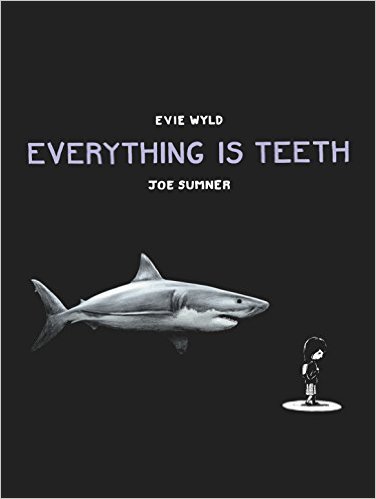
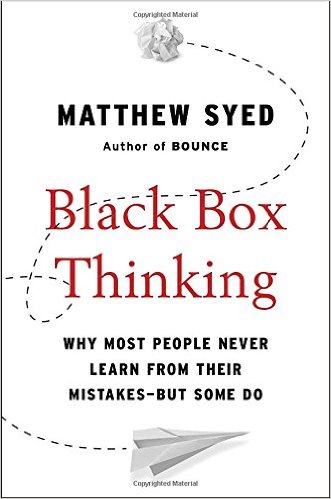
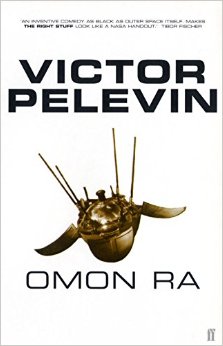
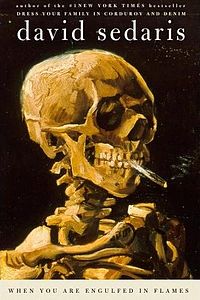
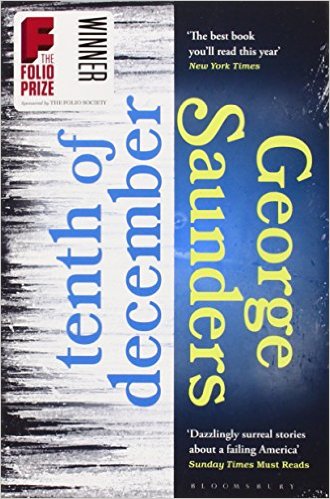
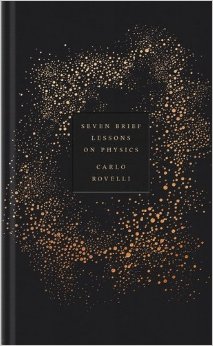
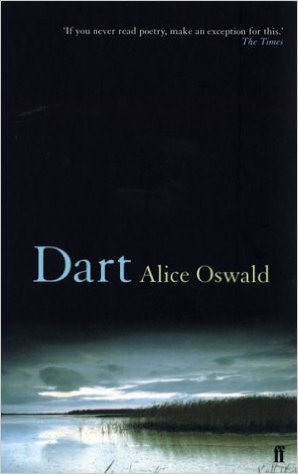
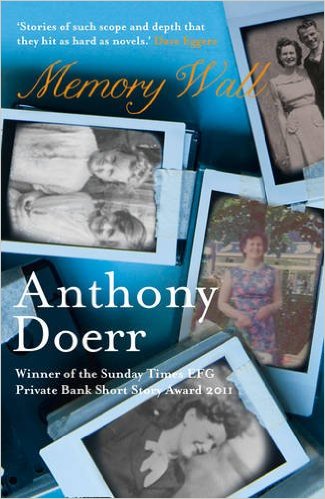
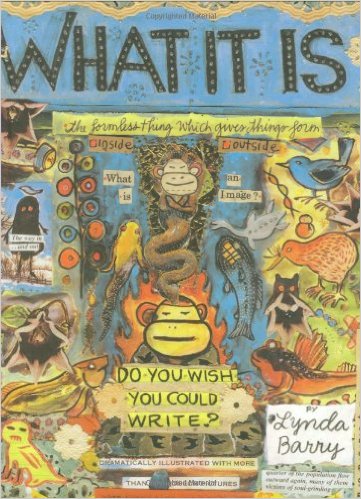
Thank you Adam. A lovely list. My ‘to read’ pile just got taller.
Thanks Lindsay 🙂
Yay, glad you got to Tenth of December! I like this list and it’s nice to do a year-end roundup. David Sedaris is one of my heros and I’m going to see him in Feb during his London tour. Best to you in 2016!
David Sedaris is doing a UK tour! Amazing. Thanks for letting me know, Karin.
Please can you provide a link to whoever read ‘Pale Blue Dots’ on Radio 4 if possible (Teresa Gallagher?) Although I have owned ‘Universe…’ since it came out I have only just got round to reading it on holiday. This was a stand-out: a Gnostic tale of immense elegance.
Thanks Keith. I just checked, and I’m afraid Pale Blue Dots is not available on Radio 4 at the moment. It was Teresa Gallagher who read it, yes (and brilliantly!).